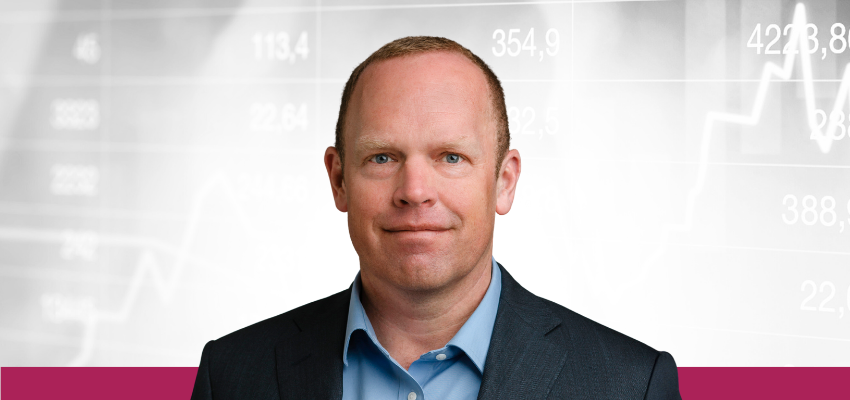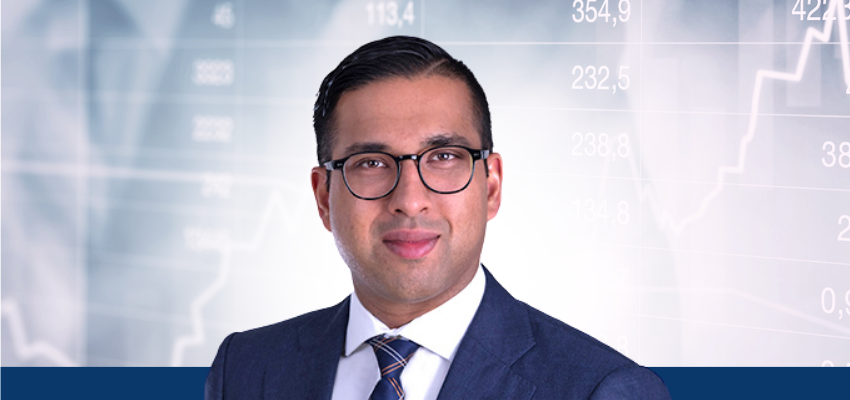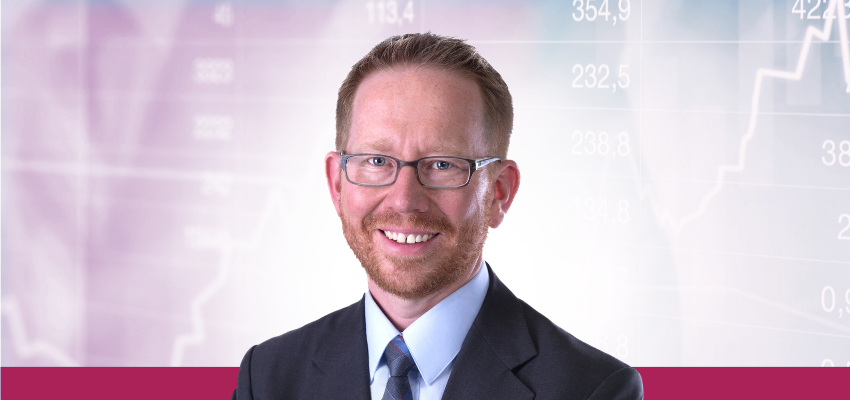Highlights
- Performance drivers included our positions McDermott International Ltd and Hughes Satellite Systems Corp.
- Detractors included issuers active in producing materials for clean energy industries, including platinum group miner Sibanye Stillwater and rare earths processor MP Materials. We view the sector as a long-term growth industry and continue to build positions here.
- Portfolio additions included a five-year loan facility to Conifex Timber Inc., a publicly listed sawmill business and the senior unsecured notes of Aris Mining Corp., operators of a high-grade gold mine in Colombia.
The Pender Corporate Bond Fund continued rolling in June, returning 1.2%[1], a good result, within the context of North American credit markets for the period.
Specific performance drivers included our position in the term loan of McDermott International Ltd, which rallied over 30% in June. McDermott has started to enjoy improved operating results as its end market in energy infrastructure recovers and the company reaps the benefits of a restructured balance sheet and more profitable cost-plus contract pricing. Also contributing was our position in the first lien bonds of Hughes Satellite Systems Corp., which gained over 14% in June. An important contract win helped bolster Hughes’ underlying business and, in addition, the bonds also reacted favourably to reports of a group of holders organizing to defend collateral value against predatory moves being made by the entity’s cash-strapped parent, Echostar Corp.
Notwithstanding the positive month, the Fund did see a few spots of weakness. These included a couple of positions in issuers active in producing materials for clean energy industries. Our holdings in platinum group miner Sibanye Stillwater Ltd. and rare-earths processor MP Materials Corp. both declined in sympathy with that sector in June. We like this sector, as a long-term growth industry, and continue to build positions here.
Booking a Flight to Safety from the Airport of Uncertainty
“To be thus is nothing” mused Macbeth contemplating his bloody ascent to the Scottish throne, “But to be safely thus…” And in these few words, the bard pretty much describes the state of mind that now possesses a great many purportedly wealthy folks as they survey the current investing landscape.
For it is one thing to be wealthy in the moment, quite another to be assuredly so, far into the future. And with all the turbulence in the economy, in geopolitics, and even in the physical environment, setting oneself up comfortably for the next decade or more is not a straightforward undertaking. If you were to attempt to make a “flight to safety,” what ticket would you book?
Judging from the popularity of Guaranteed Investment Certificates (GICs), we can infer that the consensus answer to that question is to protect a base level of nominal cash value in one’s portfolio. Fair enough, one supposes, to do this to pre-fund some current year expenses. But as we travel the country and are confronted by so many advisory books stuffed with low return GICs, we cannot help wondering whether the herd is overlooking something.
One does not have to be an economist to notice that, over time, the numbers in finance get larger. We used to think incredulous our grandparents’ stories of ten cent hamburgers eaten before five cent movies. But now our own stories of seven-hundred-dollar Vancouver apartment rent meet with similar gasps and guffaws. Could it be that investors are focused too much on the potential for nominal value loss and not enough on real value erosion? In a world with risks that relate to war or natural disaster or the dismantling of institutions, is a focus on maintaining nominal purchasing power the only way to play it safe?
Our own approach to investing with safety considers the real value of the collateral or the business value that supports a bond, loan or other credit instrument. In our mind, it can be safer to earn ten percent for a year, backstopped by collateral worth five times a company’s debt than to earn five percent on a guaranteed basis. In fact, from the point of view of preserving purchasing power, it may be safer to own a 50 cent bond, where hard collateral is worth two dollars per unit, than it is to roll a five percent guarantee.
We acknowledge that non-payment risk is not an irrelevant consideration. And of course, in our working hours, we spend a great deal of time assessing credit risks on Fund holdings. But erosion of purchasing power is also a risk. And a variety of other instruments in the current market environment appear to offer relatively cheap real value protection with substantial downside protection. Cash and GICs are not the only, nor the best, destinations on an investor’s flight to safety.
“It is one thing to be wealthy in the moment, quite another to be assuredly so, far into the future.”
New Positions
In June we extended a $25 million five-year loan facility to Conifex Timber Inc., a publicly listed sawmill business with operations in northern British Columbia. Conifex also operates a biomass energy facility which generates electricity that is sold under a long-term power supply agreement with BC Hydro. The amortizing loan bears an interest rate of 14% and is secured against the company’s forestry assets. As part of our consideration, the Fund also received 3.6 million equity warrants with a strike price of $0.75 per share.
While Conifex faces several operating challenges, not the least of which is a low current market price for lumber, we find the company possesses several long-term credit strengths that include ample harvesting rights to logs in one of the better wood fibre supply regions of British Columbia. We believe this position to be well supported by pledged collateral, with the warrants offering further potential upside.
Also in June, we purchased a position in the 2026 senior unsecured notes of Aris Mining Corp. Aris operates the high-grade Segovia gold mine in Colombia, which generated over $130 million in operating free cash flow in the 12 months ending March 31. With net debt of only $230 million, and a substantial portfolio of mining assets worth over $900 million on a book value basis, we find Aris’s debt yielding approximately 10% to offer relatively attractive risk/reward.
Fund Positioning
The Corporate Bond Fund yield to maturity at June 30 was 8.7% with current yield of 5.8% and average duration of maturity‐based instruments of 4.3 years. The Fund holds a 3.8% weight in distressed credit instruments where positions are held for a target value lower than par, and therefore the headline yields of these securities are not included in the foregoing calculation. Cash represented 0.9% of the total portfolio at June 30.
Geoff Castle
July 8, 2024
[1] All Pender performance data points are for Class F of the Fund unless otherwise stated. Other classes are available. Fees and performance may differ in those other classes. Standard Performance Information for the Fund may be found here: https://penderfund.com/solutions/




